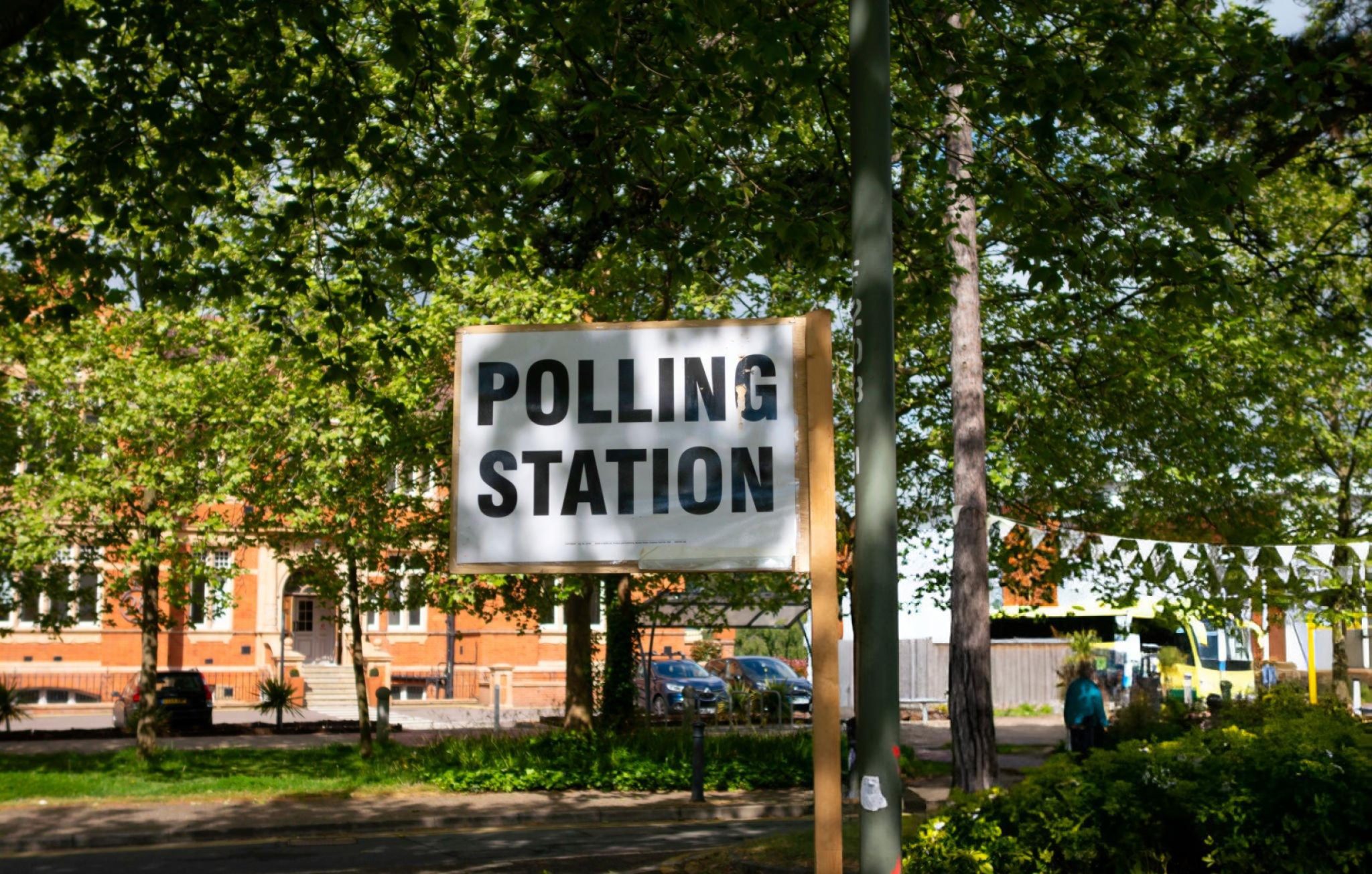Campaigning for local elections across England has entered its final stretch, marking the first major test of public opinion since Labour returned to power.
Voters will head to the polls on Thursday 1 May to elect councillors in 23 council areas across England. In addition, a parliamentary by-election in Runcorn and Helsby, and six mayoral contests across devolved regions, will also take place on the same day.
The Runcorn and Helsby constituency, located south of Liverpool, is facing a by-election following the resignation of former Labour MP Mike Amesbury. Mr Amesbury stood down rather than face a recall petition after he was handed a 10-week suspended prison sentence for punching a constituent last year. At the last general election, Mr Amesbury secured a comfortable Labour majority in what has historically been considered a safe seat for the party.
As election day nears, political strategists across all major parties are preparing for what could be a decisive moment in the political landscape. According to reports in The Telegraph, the Government is already considering measures to counter the rise of Reform UK after the elections. Plans are reportedly underway to tighten immigration rules, in an effort to neutralise the threat posed by Nigel Farage’s party, which has taken an increasingly hard line on the issue.
As an early indication of the Government’s future intentions, ministers announced on Sunday night new proposals to crack down on individuals offering immigration legal advice without proper registration.
The insurgent populist party Reform UK has consistently polled ahead of the Conservatives in recent months, creating significant unease within Tory ranks.
More than half of the council seats up for election are currently held by the Conservatives, and party leader Kemi Badenoch has acknowledged that the coming vote will be “extremely difficult.” Speaking to Sky News on Sunday, Ms Badenoch ruled out a national-level electoral pact with Mr Farage but suggested that local Conservative councillors should be trusted to form coalitions with Reform UK if necessary.
“They have to do what’s right for their community,” she said, pointing to existing Conservative coalitions with the Liberal Democrats and independent councillors at local levels as precedent.
Meanwhile, Labour is contending with its own challenges. Some recent opinion polls suggest that Labour’s lead is narrowing as Reform continues to gain traction with disillusioned voters.
Pat McFadden, a senior minister at the Cabinet Office, conceded on Sunday that the Government’s early decisions had cost it some popularity.
“Look, we had some tough stuff to sort out after the election last year, and I accept that some of those decisions have not been the most popular, but we are starting to see things turn around now,” he said.
Mr McFadden highlighted consistent reductions in NHS waiting lists and the development of new healthcare facilities as signs that Labour’s reform agenda is beginning to bear fruit.
However, the party also faces growing tension within its traditional support base. According to The Times, public sector pay review bodies are recommending pay rises of up to 4% for teachers and around 3% for NHS workers.
Such increases would exceed the 2.8% figure Labour has budgeted for, posing a potential headache for Chancellor Rachel Reeves. The proposed pay hikes could strain public finances, with The Times reporting that schools and hospitals may be asked to make cuts elsewhere to absorb the costs.
Labour’s balancing act between managing public sector demands and maintaining fiscal discipline is expected to be a critical factor as the election season intensifies.
With just days left until voters make their choices, all major parties are ramping up their efforts to secure crucial wins and send a clear message ahead of future national contests.






